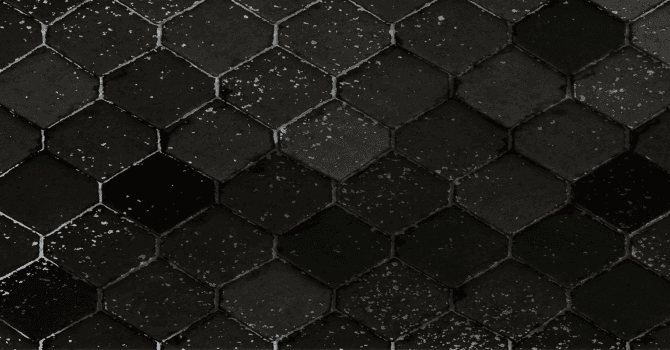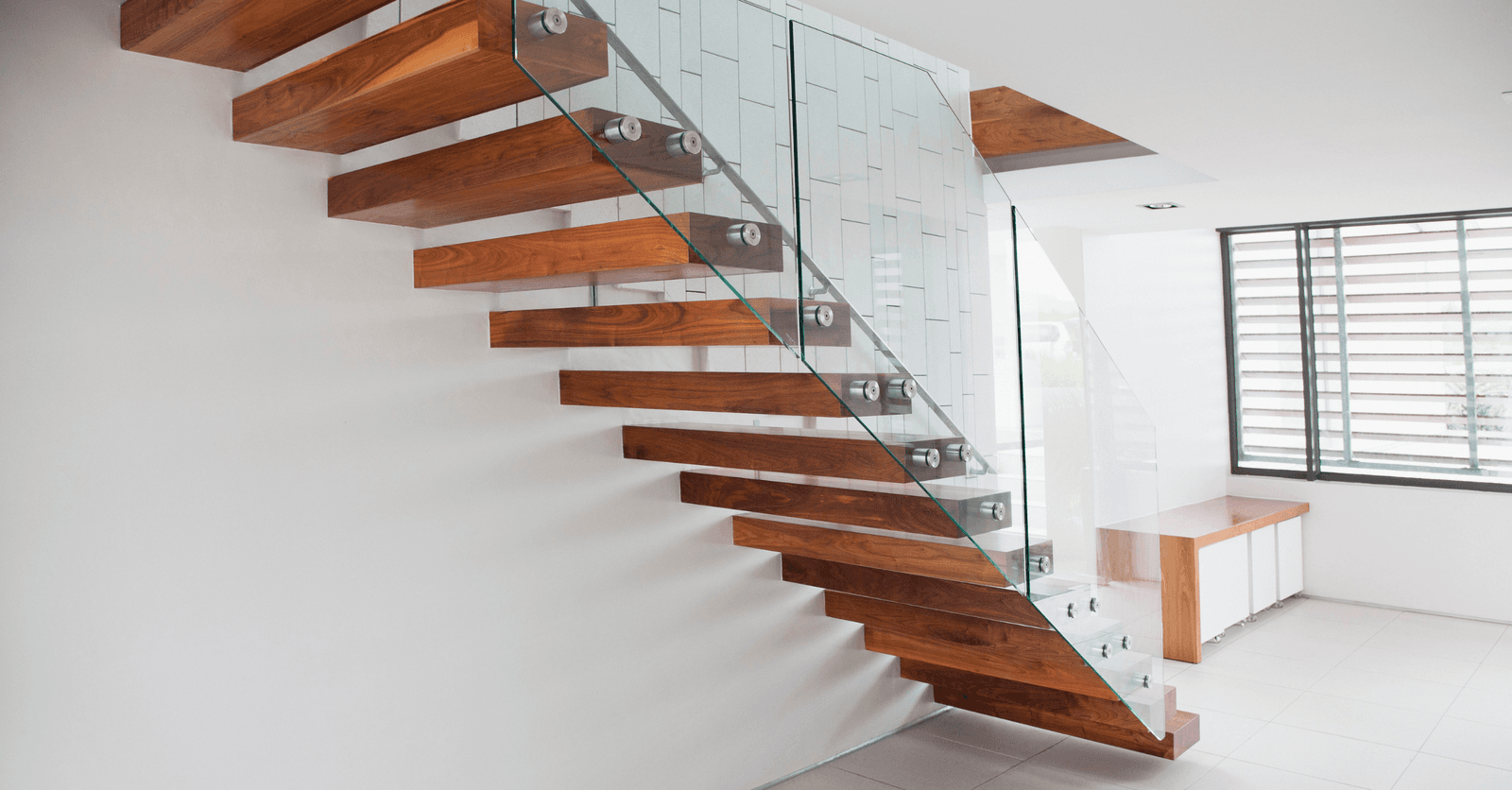
Eco-paving is a technique that consists of paving road surfaces with recycled rubber instead of asphalt. Learn more about eco-paving, as well as its advantages, cost, and eco-friendly nature so that you can use it with complete confidence.
Eco-Paving

Source: Canva
Recycled rubber, which is basically worn tires, has been used since the 1960s by the paving industry and is presently paving many North American roadways. Albeit, this technique has been somewhat neglected due to its cost, the growing need to repurpose used tires has made this technique once more useful due to its:
Low cost;
Eco-friendly factor;
Sustainability.
As the brainchild of a Phoenix, Arizona engineer, eco-paving techniques using recycled rubber have been successfully used in Florida, Texas, Rhode Island and, since 2005, California. Moreover, the latter state has even imposed this type of paving in its legislation.
Since it was first developed in the 1960s, this type of asphalt has changed drastically. At the time, asphalt mixing plants required significant alterations to manufacture this mixture, but today, production methods don't require such modifications. Furthermore, the consistency of this asphalt mixture now complies with standards that allow eco-paving to be adapted to suit the environment in which it is laid. As a result, eco-paving developed in Canada has a different recipe than that of Texas or California, to fully conform to weather conditions.
Advantages of Eco-Paving
The growing request for this type of material is a direct result of its numerous qualities. In fact, this material is all together:
Sustainable;
Safe;
Eco-friendly;
Multipurpose.
The rubber's elastic properties ensure a high degree of malleability. As a result, it adapts particularly well to temperature changes. With freeze/thaw weathering damaging Quebec's roadways, it's without a doubt the road paving technique of the future.
Recycled rubber is eco-friendly, especially because of its sustainability. Given that it doesn’t crack, that salt doesn’t make it crumble, and neither does chlorine nor calcium, this material is timeless. However, we've yet to mention its manufacturing conditions, which add to its environmental-friendly credentials.
The burgeoning interest in this material has a lot to do with its many uses. Recycled rubber can be used to make:
Mats;
Pavers;
Terrain;
Tiles;
Slabs;
Flooring rolls;
Sports, hobbies, and farming tools and equipment.
The list is rather extensive given the ongoing research efforts to develop new uses for recycled rubber. However, it can't be used as a building’s structural component given its low-pressure resistance. For this reason, recycled rubber mats and slabs are used as flooring. As for roofing, recycled rubber tiles ensure a watertight membrane, while recycled rubber slabs, whether in roll-form or pavers guarantee a weather-resistant exterior surface.
However, do keep in mind where you want to install these coverings; and note that rainwater does wash away heavy metals, including zinc and phenols, which are known endocrine disruptors. Therefore, it’s best used for parking spaces. However, it's not as reliable for garden pavers, although the result may be quite pleasing.
Would you much rather have paving stones? Check out our article How to Install Paving Stones.
Colours Available

Source: Canva
What also makes recycled tires so appealing is the variety of colours available. Shades range from:
White to slate gray;
Black to Capri blue;
Orange to purple by way of turquoise.
This broad colour palette guarantees that eco-paving will seamlessly blend in anywhere, without distorting the surrounding environment. Whether you need a driveway to match a house's colour, a parking space located in a wooded area within a residential neighbourhood, or a garden walkway, there's a colour to match.
Do you need to apply a sealant to your asphalt driveway? Check out this related article. (French only)
Cost of Eco-Paving Per Square Foot
To calculate the cost of recycled rubber paving, one must take into account the following:
Surface area;
Delivery fees;
Area preparation;
Laying the recycled mixture.
When it comes to the surface to be paved, note that it’s just as important to take into account square footage as it is quality. If any changes are required (filling in holes, levelling out again, etc.), preparation costs will naturally be higher.
Everything in, eco-paving costs are as follows:
3500 - 4000$ for a single-car driveway;
4000 - 5000$ for a two-car driveway;
5000 - 5500$ for a three-car driveway;
5500 - 6000$ for a four-car driveway.
How is eco-paving greener than other materials?

Source: Canva
Tires are extremely pollutant during their life cycle. However, they do have one major advantage: There’s no pollution that comes from their recycling process. Thereby, recycling such material offers a better alternative in terms of managing used tire inventory. Consequently, by recycling tires, one can partially offset the significant pollution generated by their production, since manufacturing tires produces:
Sulphur oxides;
Nitrogen dioxide;
Fine particles;
Sulphur dioxide;
Carbon dioxide;
Cadmium ions.
Numerous other products are issued from tire manufacturing. Thus, it's not a matter of luxury to seek to repurpose them once they can no longer be used to propel a vehicle.
Another major asset of using recycled rubber is that it diverts from concrete manufacturing, thus minimizing greenhouse gas emissions. Compared to other aggregates usually added to concrete, recycled rubber provides optimal compressive strength when it accounts for up to 25% of the mix.
This results in lighter paving, while simultaneously yielding savings of at least 850 kg per ton of manufactured concrete. As weather patterns continue to rapidly shift each year, replacing cement has become a necessity.
Working on a landscaping project? Check out our article Landscaping and Exterior Renovation Project: A Checklist of Steps to Follow.
Get 3 quotes for your home renovation project
RenoQuotes.com can help you get quotes for your home renovation project. By submitting your project, we’ll put you in contact with top-rated contractors. Fill in the form on the homepage (it only takes a few minutes), and you will get estimates from trusted professionals.
Dial 1-844 828-1588 to speak with one of our customer service representatives.
Looking for something else?
Related articles
The latest industry news, interviews, technologies, and resources.

Editorial Team
•30 Jun 2025
Are you considering putting in a safety fence around your pool? That's a great idea to safeguard your children and those of your neighbours who may be tempted to explore its depths. However, you have to consider some vital factors before embarking on this project. This entails familiarizing yourself with the regulations pertaining to the installation of such fencing and exploring the various models available in the market.

Editorial Team
•03 Nov 2025
Building a home addition is beneficial in many ways. Whether accommodating new members of the family or just looking to add a bit more space, homeowners choose to add rooms to their homes for a variety of reasons. However, you can’t just place an extra room on the side of your house and call it a day! Home additions take careful planning to be executed properly.

Christine Simard
•07 Nov 2023
As the month of pre-Halloween (September) comes to an end, giving way to the beautiful month of "spooky season" (October), it’s time to start getting cozy and digging out your warmer clothes as the temperature drops and leaves fall off trees. Autumn celebrations aside, it’s also time for our monthly roundup of the best design, decor and renovation articles found on the internet!

Editorial Team
•17 Jan 2025
Let go of your inhibitions and get swept away by the sheer modern look and design of a floating staircase. Marked by its minimalism, it seems to hover in mid-air, devoid of any apparent support, thereby creating an open space.

Editorial Team
•07 Nov 2023
Many homeowners who wish to renovate their bathroom are currently considering the possibility of opting for a walk-in shower to modernize the space.